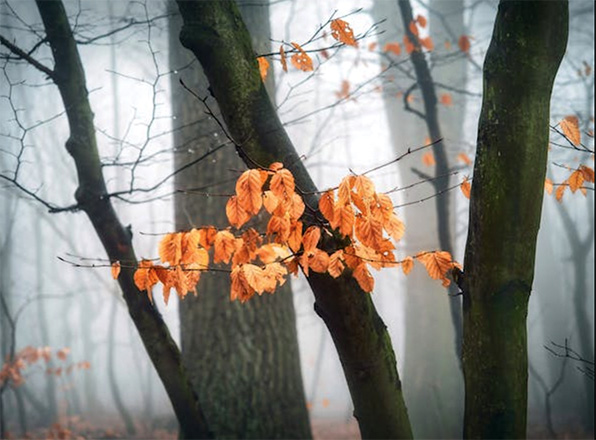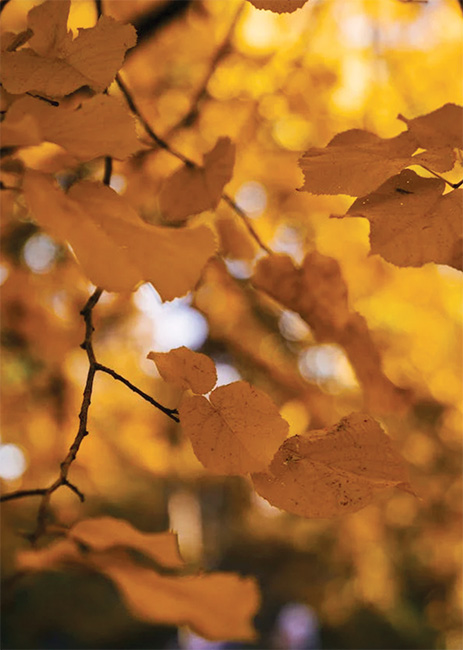October usually brings lower temperatures, making for a more pleasant gardening experience. Although the list of gardening chores tends to be much shorter this time of year, you still can do many things that will make things easier later.
This month, it’s time put our gardens to bed for the winter and get a head start on spring.

WHAT TO DO:
 Remove leaves from the lawn to reduce problems and put in a compost pile.
Remove leaves from the lawn to reduce problems and put in a compost pile.- Collect seeds from cleome, cosmos, sunflowers and zinnias.
- Prepare areas for spring flowering bulbs about two weeks before planting. Add two to three inches of organic matter/ compost and nutrients indicated by a soil test. Mix well to a depth of 10 inches.
- Cut off dead flowers, and divide and replant overgrown perennials. If you are preparing a new bed, ideally allow it to sit for at least two months between working in amendments and planting.
- Chickweed, dandelion, wild onion and plantain are broadleaf weeds that may be growing in your lawn. Now is the time to use herbicide control, being sure to follow the package directions.
- If you wish to overseed your lawn with annual ryegrass, now is the time. Wait until daytime temperatures stay in the mid-70’s. Water lightly each day until seeds germinate.
- Caladiums should be dug and left to dry in the shade for several days. Store in dry peat, sand or a mesh bag until ready to plant next spring.
- Ferns can be divided now. Take cuttings from Confederate rose, placing stems in water until roots form. Pot in good quality soil, and keep moist until planting.
- Spray evergreens such as camellias, gardenias and euonymus if insects are present. This may include aphids, scales and mites. Horticulture oil spray can be used during cooler weather.
- Do not cut back shrubs. Wait until early spring to do any major pruning. Removing long suckers or shoots of Azaleas will improve appearance and encourage branching.

TIP OF THE MONTH:
October and November are the months to apply a pre-emergence herbicide to keep weeds from overtaking your lawn during the late winter and early spring. As summer temperatures subside and grass growth slows, weeds have an opportunity to germinate. They grow slowly during winter and early spring but pick up speed as temperatures get warmer. By this time, there’s not much you can do to control them. As temperatures rise, weeds impact the growth and health of your lawn.
All garden chemicals are continually evaluated for effectiveness and environmental safety. All turfgrass is stressed by weed killers. As a wise homeowner, you should read the label and follow instructions carefully.



